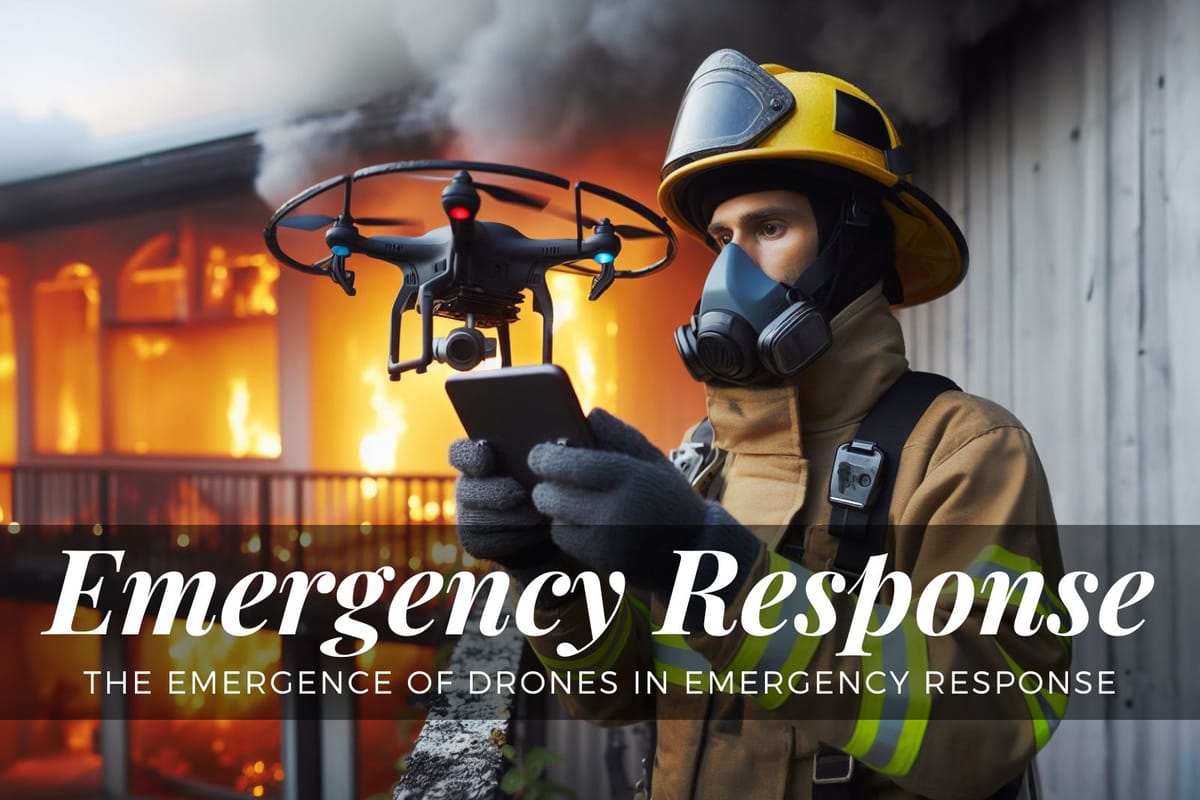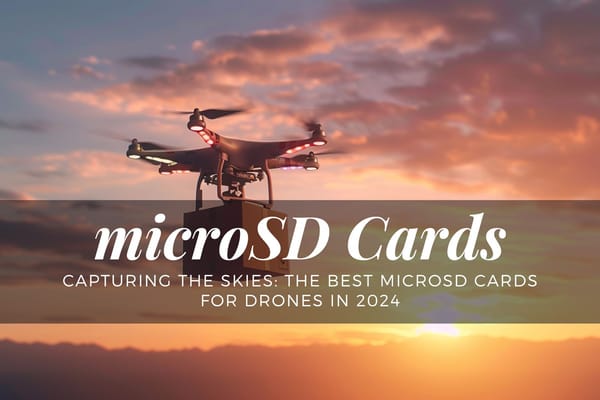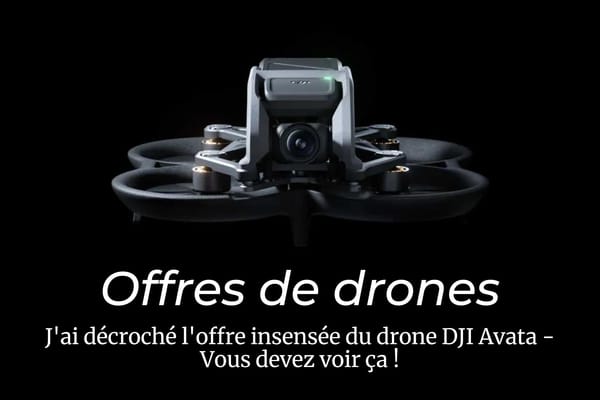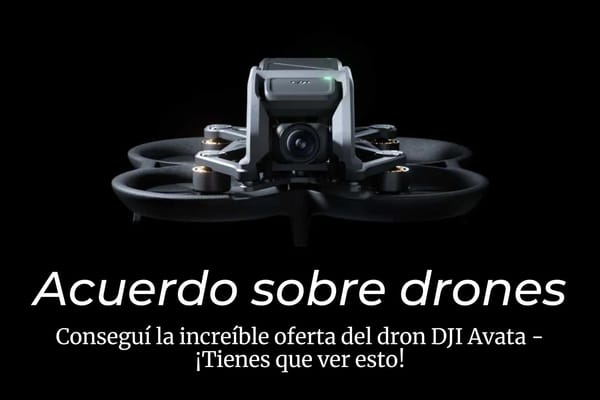The Emergence of Drones in Emergency Response

Introduction to Drones in Emergency Response
Ever wondered about Drones in Emergency Response? I researched their game-changing potential. From disaster response to medical aid, these airborne heroes are rewriting rescue narratives. Join me in unveiling the innovation that's reshaping emergencies. Your next breath might depend on it.
Key Takeaways
- Emergency drones have revolutionized disaster management and emergency response, providing near-real-time data and unique vantage points during emergencies.
- Different types of drones, such as single-rotor, multi-rotor, and fixed-wing drones, are used in emergency situations, each offering unique benefits.
- Drones are deployed in a variety of critical situations, including search and rescue operations, disaster response, and medical emergencies.
- Advanced technological features, such as thermal cameras, visual positioning systems, and various payloads, enhance the effectiveness of emergency drones.
- The use of drones in emergency services is governed by various regulations, including the Special Governmental Interest (SGI) process and FAA licensing requirements for drone pilots.
- The future of emergency drones is promising, with advancements in technology and successful implementations driving increased adoption in public safety. Future directions include the integration of drones with other IoT technologies and the development of drones that can navigate inside buildings without the use of GPS.
The Emergence of Emergency Drones
Emergency drones have become a critical component in disaster management and emergency response. Their ability to provide near-real-time data has revolutionized how first responders approach public safety, medical assistance, and threat detection. The evolution of drones from military applications to emergency response tools has been driven by advancements in technology and the growing needs of various industries, including construction, energy, telecommunications, and public safety.
Drones offer a unique vantage point during emergencies, allowing for the assessment of situations such as fires, floods, and other natural disasters. They can operate in dangerous areas, reducing the risk to human life and covering large areas quickly to inform ground decisions and improve situational awareness.
Types of Emergency Drones
There are several types of drones used in emergency situations, each with its own set of capabilities. Single-rotor, multi-rotor, and fixed-wing drones are among the most common, with each type offering different benefits in terms of flight time, maneuverability, and payload capacity.
Popular models for emergency response include those from DJI, such as the Phantom 4 RTK, which is known for its high-resolution imaging capabilities, making it ideal for mapping and surveying disaster-stricken areas. Additionally, drone-mounted base stations have emerged as a vital tool for improving communication during emergencies, ensuring that responders can maintain contact in challenging environments.
Here are some types of drones used in emergency situations:
- Search and Rescue Drones: These drones are equipped with thermal imaging cameras to locate missing persons in challenging environments, such as forests, mountains, or at sea. They can operate in low light or adverse weather conditions, making them ideal for search and rescue operations.
- Firefighting Drones: Firefighting drones can provide real-time video feed of fires, helping firefighters strategize and control the situation. Some drones are also capable of carrying water or fire retardant to help extinguish fires.
- Medical Drones: These drones are used to deliver medical supplies to remote or inaccessible areas. They can transport blood samples, vaccines, antivenom, and other medical necessities quickly and efficiently.
- Disaster Management Drones: In the aftermath of a natural disaster, these drones can be used for damage assessment, mapping, and surveillance. They can provide high-resolution images and videos of affected areas, helping authorities plan and execute relief operations.
- Law Enforcement Drones: Law enforcement agencies use drones for surveillance, crowd monitoring, and crime scene investigation. They can provide a bird's eye view of a situation, helping to ensure public safety.
- Emergency Communication Drones: In situations where communication networks are down, these drones can act as temporary communication relays, enabling emergency services to coordinate their efforts effectively.
Each type of drone used in emergency situations is equipped with specific features and technologies to perform its role effectively. For instance, they may have thermal imaging cameras, high-resolution video cameras, payload carrying capabilities, and advanced navigation systems.
Applications of Emergency Drones
Emergency drones are deployed in a variety of critical situations. In search and rescue operations, they provide an aerial perspective that is invaluable for accessing remote areas and offering a view that is otherwise unattainable from the ground. This capability is crucial for locating individuals in distress and assessing the safety of the environment.
In disaster response, drones are instrumental in rapidly assessing and mapping affected areas. They can capture video feeds and photographs to help evaluate the extent of damage and assist in the creation of efficient evacuation plans. This information is vital for directing resources to the most severely affected locations.
Medical emergencies also benefit from the use of drones, which can deliver medical supplies and support to areas that may be difficult to reach by traditional means. This can include transporting essential items to remote or isolated victims, ensuring that medical assistance is provided as swiftly as possible.
Advanced Topics in Emergency Drones
Technological Features of Emergency Drones
Emergency drones are equipped with advanced technological features that enhance their effectiveness in emergency situations. For instance, thermal cameras are a crucial component of search and rescue operations, helping to identify heat signatures that can indicate the presence of individuals in distress.
Visual positioning systems and ultrasonic sensors play a significant role in drone navigation, allowing these devices to maneuver accurately in various environments. Furthermore, drones can be equipped with various payloads, such as thermal and night vision cameras, rescue supplies, and speakers, to support diverse emergency scenarios.
Emerging technologies are also transforming the capabilities of emergency drones. For example, drone swarm technologies, which coordinate multiple drones to perform missions, can be more efficient and robust for certain applications than single drones. Innovations in indoor drone flight are also expanding the possibilities for emergency response, enabling drones to operate effectively within buildings.
Regulatory Aspects of Emergency Drones
The use of drones in emergency services is governed by various regulations. The Special Governmental Interest (SGI) process, for instance, allows for temporary, emergency waivers for drone operations under Part 107. The Federal Aviation Administration (FAA) plays a key role in regulating drone operations, including setting licensing requirements for drone pilots.
However, the use of drones in emergency situations also raises privacy and safety concerns. As technology improves and regulations evolve, it's crucial to navigate these challenges and promote public understanding and acceptance of this technology.
The Future of Emergency Drones
The future of emergency drones looks promising, with advancements in technology and successful implementations driving increased adoption in public safety. Drones are expected to play an increasingly vital role in the Internet of Things (IoT), with potential for integration with other technologies.
New advances in drone technologies are also on the horizon. For instance, drones are expected to navigate inside buildings, mapping rooms and more, without the use of GPS to guide them. As these technological advancements continue, they will revolutionize the way emergency situations are addressed, enhancing speed, safety, and overall effectiveness.
Conclusion
In conclusion, the rise of emergency drones marks a transformative era in disaster management and response. These aerial heroes, equipped with advanced technology, have redefined the way we approach crises, from search and rescue missions to medical emergencies.
As regulations evolve, the future of emergency drones appears promising, with continued technological advancements and successful implementations driving their increased adoption in public safety.
The integration of drones with other IoT technologies and the prospect of indoor navigation without GPS herald exciting possibilities, ensuring that these airborne guardians will play an increasingly vital role in safeguarding lives and enhancing the efficiency of emergency operations.
FAQs
- What are some popular models of drones used in emergency response?
DJI offers several models that are extensively used for public safety operations due to their ability to carry a thermal sensor and fly for a considerable amount of time. - How do drones assist in search and rescue operations?
Drones provide an aerial perspective, allowing rescuers to cover more ground, including areas that would be otherwise inaccessible. They can also conduct searches in less-than-ideal weather conditions using high-resolution drone-mounted thermal cameras. - What are some regulatory considerations for using drones in emergency services?
Regulations include the Special Governmental Interest (SGI) process for temporary, emergency waivers if operating under Part 107. Drone pilots must also be licensed. - What are some technological features of emergency drones?
Emergency drones are equipped with advanced features such as thermal cameras, visual positioning systems, and ultrasonic sensors. They can also carry various payloads, including thermal and night vision cameras, rescue supplies, and speakers. - What are some regulatory aspects of using drones in emergency services?
Regulations include the Special Governmental Interest (SGI) process for temporary, emergency waivers if operating under Part 107. Drone pilots must also be licensed by the FAA. - What does the future hold for emergency drones?
The future of emergency drones is promising, with advancements in technology and successful implementations driving increased adoption in public safety. Future directions include the integration of drones with other IoT technologies and the development of drones that can navigate inside buildings without the use of GPS.


